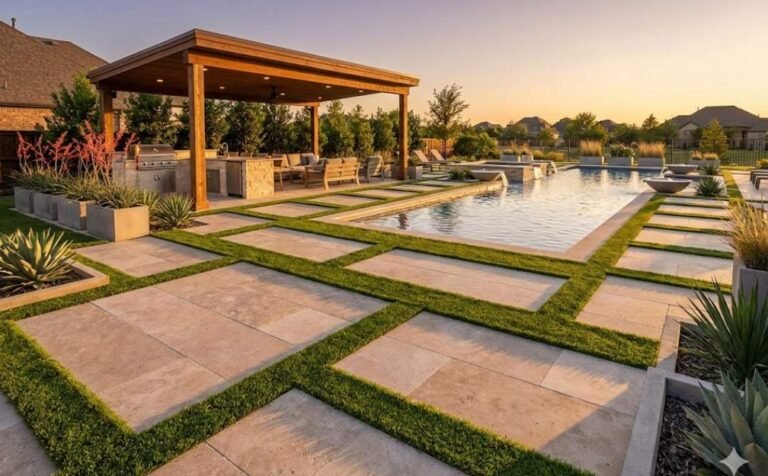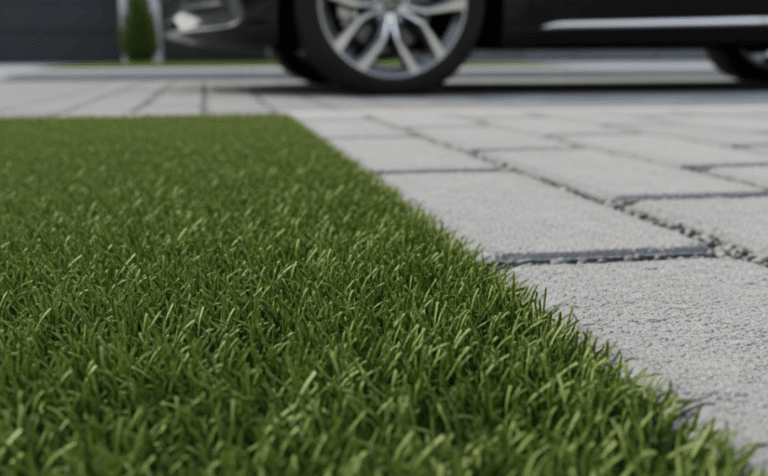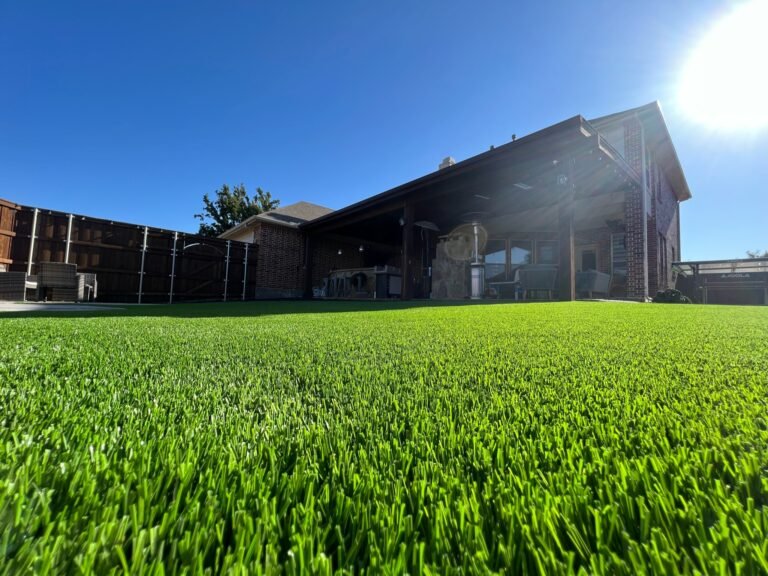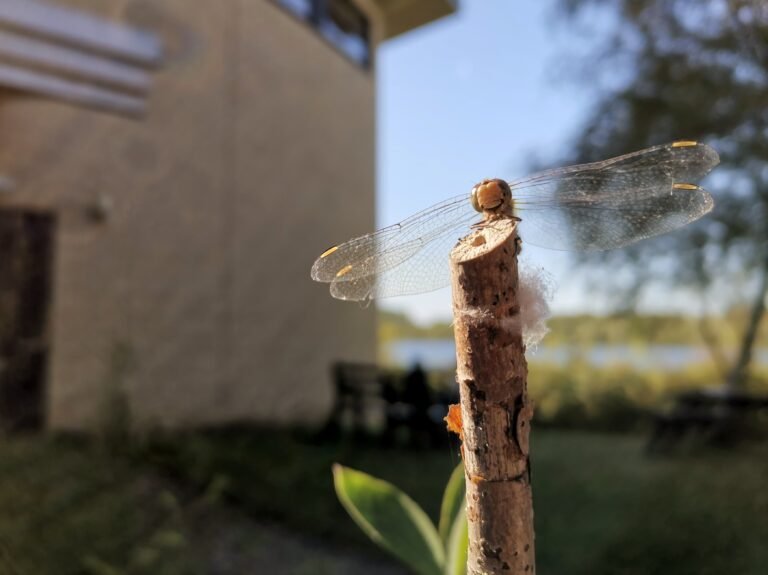What Is Pave and Turf? A Comprehensive Guide to Modern Landscaping Solutions

Landscaping has evolved a lot in recent years, and more homeowners and businesses are looking for practical, beautiful, and low-maintenance options. That’s where Pave N Turf comes in with Best quality Pave grass. If you’re hearing the term for the first time, you’re not alone. In this guide, we’ll explore what pave and turf means, its benefits, how it’s used in landscaping, and why it’s becoming the go-to solution for modern outdoor spaces.
Understanding Pave and Turf
The term pave and Lawncombines two major landscaping elements artificial grass and paving. These two components work together to create clean, versatile, and eye-catching outdoor environments. The idea is to merge hard surfaces like stone or concrete pavers with the softness and greenery of turf (usually synthetic grass) to offer a balanced, stylish look.
This combo is not just about aesthetics. It’s about functionality too. Whether it’s a backyard, a commercial courtyard, or a recreational area, pave and Area can transform boring spaces into inviting landscapes.
Why Choose Pave and Turf for Your Landscape?
Low Maintenance
One of the top reasons people are shifting toward Tile and Lawnsystems is the low upkeep. Traditional grass requires regular mowing, watering, fertilizing, and weeding. Paving, too, needs sealing and cleaning. But with artificial Area and well-installed pavers, you cut down most of that hassle.
All-Year Greenery
No matter the weather or season, Tile andLawn gives you that fresh, green look all year long. Say goodbye to brown patches and muddy walkways during the rainy season.
Cost-Effective Over Time
While the initial cost might be higher than simple sod or gravel, the long-term savings in water, lawn care, and repairs make Tile andLawn an economical choice.
Safe for Kids and Pets
Modern synthetic Area is made of non-toxic materials, making it safe for children and animals to play on. Combine that with slip-resistant paving, and you’ve got a secure outdoor area.
Popular Applications of Pave and Turf
Residential Backyards
Homeowners love using tile and grass to create cozy patios, walkways, and play areas. It provides a functional layout that’s both beautiful and practical.
Rooftop Gardens
For urban homes or apartments, combining artificial grass and paving on rooftops makes for a stylish hangout spot with minimal structural load.
Commercial Properties
Restaurants, hotels, and office spaces are turning to Flagstone and Territorydesigns to enhance curb appeal and offer welcoming outdoor lounges.
Sports and Recreational Areas
From mini-golf to children’s play zones, Flagstone and Territoryworks wonders in activity zones, offering durability with visual appeal.
Installing Pave and Turf: What to Expect
Site Prep and Planning
First off, a detailed plan is made to decide where the Artificial grass and paving go and where the turf fits in. Drainage, sunlight, and foot traffic are all considered.
Base Layering
A solid base is laid down using gravel and sand, ensuring both the pavers and Area stay level and secure over time.
Turf Installation
The artificial grass is rolled out, trimmed, and fixed into place. It’s often brushed with silica sand for better grip and appearance.
Paver Laying
Pavers are laid in the desired pattern, either flush with the turf or slightly elevated. This creates a clean, well-organized surface.
Final Touches
Once everything is set, edges are sealed, and the surface is cleaned. A well-done Floor and Field installation looks seamless and polished.
The Best Materials for Pave and Turf Projects
- Synthetic Turf: Go for UV-resistant, pet-friendly turf with good drainage.
- Concrete Pavers: These offer durability and a range of styles.
- Natural Stone: For a more rustic, high-end look.
- Plastic or Steel Edging: To keep turf and pavers from shifting over time.
Choosing quality materials ensures your Floor and Fieldlayout lasts for years with minimal upkeep.
Maintaining Pave and Turf Areas
Regular Cleaning
Use a leaf blower or broom to clear debris. Occasionally hose down the Groundto get rid of dust.
Weed Control
Weeds might still pop up at the edges. Pull them manually or use mild weed killer that’s turf-safe.
Re-Sanding Pavers
Every couple of years, the sand between pavers may need topping up to keep them from shifting.
Pet Area Upkeep
If you have pets, rinse the turf area regularly to avoid odors.
Using Pave and Turf in Personal Care Home Environments
In the last few years, more personal care home facilities have started using Tile and Lawn Pavesystems in their outdoor areas. It’s safer for elderly residents to walk on, needs little maintenance, and creates a peaceful environment.
The combination of artificial grass and paving in such homes adds both function and aesthetic, encouraging outdoor activity and relaxation.
Conclusion
So, what is pave and turf? It’s not just a fashion in landscaping it’s an intelligent, eco-friendly, and chic method of transforming outdoor spaces. Merging the durability of pavers with the natural beauty of artificial turf, this innovative option satisfies both form and function. Whether you’re renovating your backyard, business, or even a personal care facility, tiles and grass offers just the right mix of aesthetics and practicality.
Don’t accept dull or maintenance-heavy yards. Go with the tiles and grass method and have an outdoor area that is beautiful all year round with very little effort.
FAQs About Pave and Turf
1. Is pave and turf suitable for small spaces?
Absolutely! Even a tiny backyard or balcony can benefit from a mix of turf and pavers. It creates a neat and multi-functional area.
2. How long does pave and turf last?
With proper installation and care, it can last anywhere from 10 to 15 years. Pavers often last longer than turf and may only need occasional resetting.
3. Can I install pave and turf myself?
DIY is possible, but not always recommended. Precision is key, especially with base preparation and turf cutting. Professionals ensure durability and finish.
4. Does artificial turf get too hot in summer?
Yes, synthetic turf can get warm in direct sunlight. Using light-colored turf or adding shade elements like pergolas can help reduce heat.






